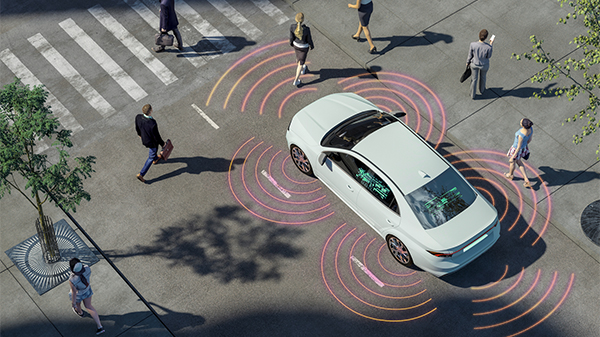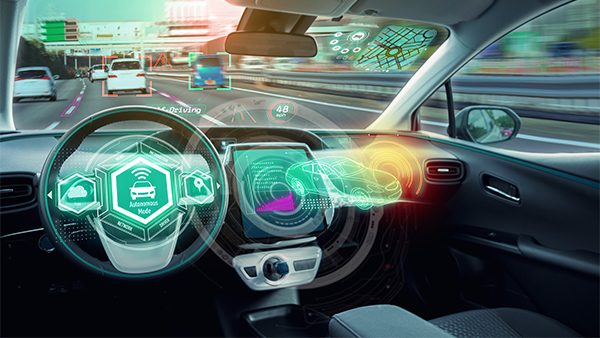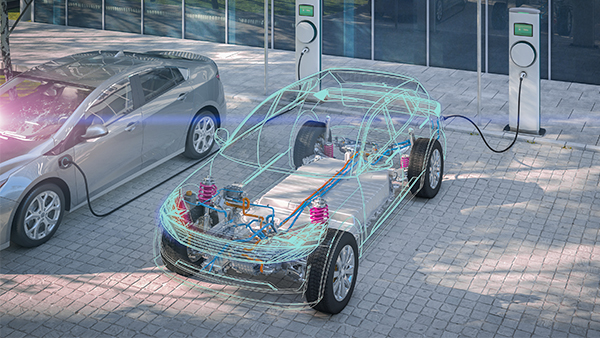Automotive
Enabling Tomorrow's Automotive Solutions
- Enabling system-level safety-certified solutions (ASIL-B/D)
- Powerful compute for multi-sensor, heterogenous processing
- Application processor with AI/ML, GPU, MM coprocessors
- Edge data packet and comms processing for networking and IoT
Scalable performance with Out-of-Order execution, simultaneous multi-thread, coherent multi-core
Real-time performance with in-order CPUs with deterministic latency
Functional safety-certified solutions for automotive
Security and virtualization

An Industry in Transition
The automotive industry is transitioning from mechanical systems comprised of many small controllers to complex electronic computing systems. The systems at the heart of these next-generation automobiles can have over 100 million lines of code – 10 times more than the most advanced flight jets.
This transition is accelerating, with more innovation in the past decade than we saw in the previous 50 years combined. This innovation is making cars more connected and more autonomous. It is also making them safer, with the majority of cars entering the road today equipped with ADAS (Advanced Driver Assistance Systems).

Automotive HPC

Zonal, Network

Electrification
Design and Innovate with MIPS Today
We look forward to meeting you at our upcoming events!
"*" indicates required fields